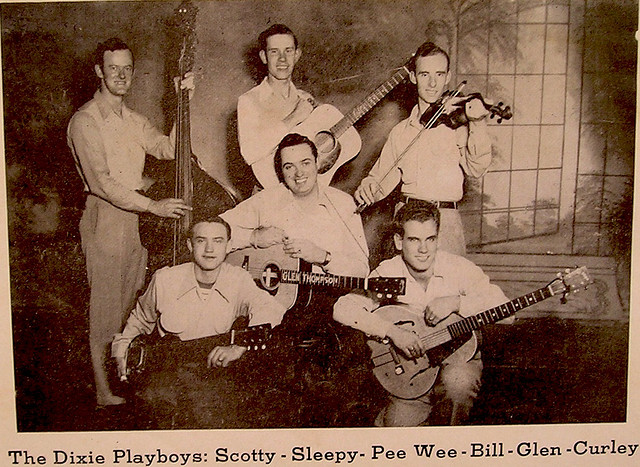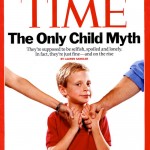I’ve seen several references recently to the “Bechdel Test” for movies, including one last week in Christianity Today‘s Her.meneutics blog. If you’re not familiar with the Bechdel Test, it judges a movie’s portrayal of women based on three criteria:
1. It has to have at least two women in it
2. Who talk to each other
3. About something besides a man
I too want to see strong female characters on screen, and I’m glad the Bechdel Test calls attention in a pointed way to their shortage. However, like any arbitrary set of criteria (like, say, counting the number of profane words in a film), it has its limits. For example, I tend to relate to strong female characters who feel rather isolated from other women: a movie focused on this type of character might fail the Bechdel Test based on a technicality. Furthermore, the Bechdel Test doesn’t really get to the heart of the issue, which is the assumption that we have to create books or movies (or church, for that matter) in a particular way to woo men and women who are only interested in products catering to their own genders. (YA author Ben Jeapes describes this mindset in fiction as “the magic Harry-Ron-Hermione formula for pre-teen adventures of 2 boys to 1 girl. . . . This is because boys only want to read about boys whereas girls will read about either gender: so, you get a boy for the boys, a girl for the girls, and another boy to make up for the girl. Sad but true.” While this formula tends to be the norm for juvenile fiction, it seems publishers and movie studios have recently discovered that products targeted exclusively to adult women can, in fact, make money. I’m not sure this is an improvement, though. (See: Sex and the City, as well as most women’s Bible studies.)) It’s insulting to both men and women to assume such a narrow range of interests for either.











